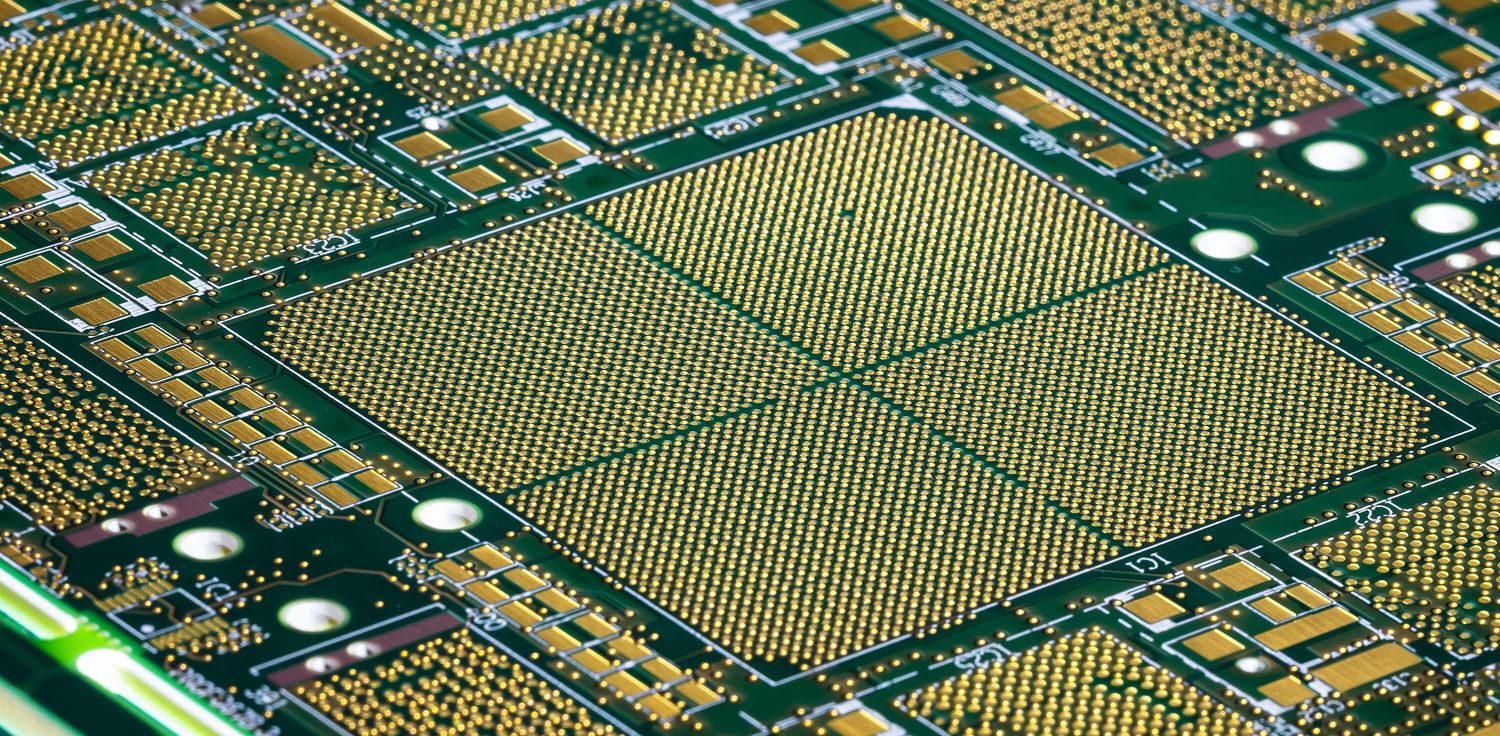Impedance Matching in PCBs
Impedance Matching in PCBs
Concept of Impedance
Impedance, denoted Z, is an expression of the opposition that an electronic component, circuit or system offers to alternating and/or direct electric current. Impedance is a vector (two-dimensional) quantity consisting of two independent scalar (one-dimensional) phenomena: resistance and reactance.
What is Impedance Matching?
Impedance matching is the practice of designing the input impedance of an electrical load or the output impedance of its corresponding signal source to maximize the power transfer or minimize signal reflection from the load. A source of electric power such as a generator, amplifier or radio transmitter has a source impedance which is equivalent to an electrical resistance in series with a reactance. An electrical load, such as a light bulb, transmission line or antenna, similarly has an impedance which is equivalent to a resistance in series with a reactance. The maximum power theorem says that maximum power is transferred from source to load when the load resistance equals the source resistance and the load reactance equals the negative of the source reactance. Another way of saying this is that the load impedance must equal the complex conjugate of the source impedance. If this condition is met the two parts of the circuit are said to be impedance matched.
Importance of Impedance Matching
When we work with these ultra-high-frequency designs, we must account for the fundamentals. As an example, impedance matching often became an afterthought for design teams working with lower and medium frequencies. However, impedance matching challenges RF and microwave circuit design because the window for error decreases as frequency increases. High speed digital circuits require very stable controlled impedances because of the impact on bit error rate and the potential for pulse distortion, reflection and EMI.
Proper circuit operation depends on impedance matching or the ability of the circuit to efficiently transfer signals from the source into the routing and then from the routing to the load. Impedance if not treated correctly has a remarkably negative impact on circuit performance. Without the proper impedance matching, reflections can exist along the path from the source to the load.
Why Impedance Matching important in PCBs?
Matching the impedances throughout the circuit yields a desired low voltage standing wave ratio (VSWR). Low VSWR circuits transfer the maximum amount of power from the source to the load. Digital circuits deliver desired performance because of short transition times and high clock rates. Devices and appliances have better capabilities because of the faster, sequential transfer of signals. Constantly increasing signal switching speeds requires another look at controlling the impedance of the transmission lines/PCB traces.

